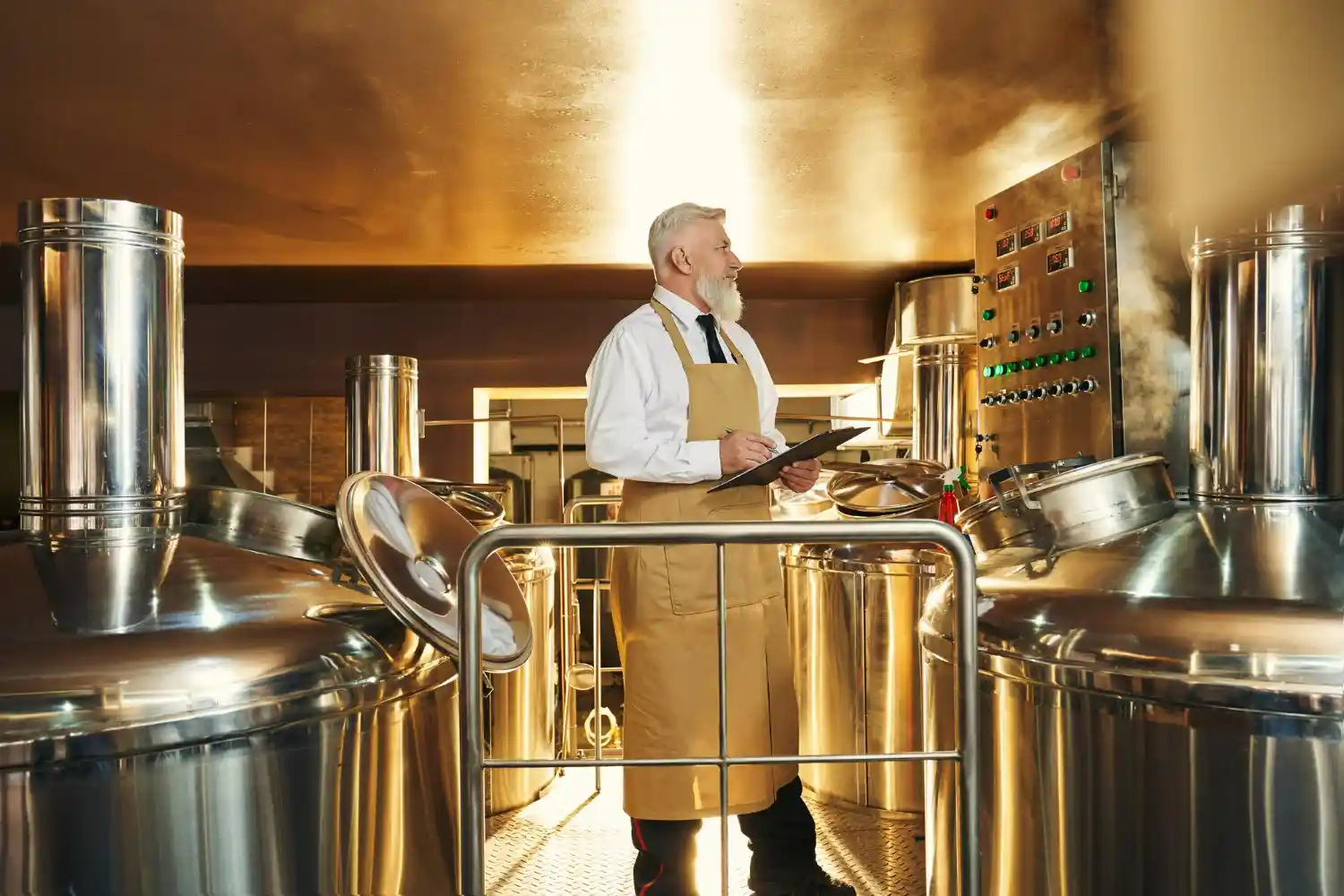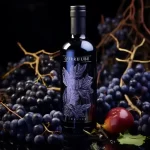Wine is one of the most popular beverages worldwide, with a market worth of over $350 billion. The industry has been growing steadily, with new trends emerging every year. This article will discuss the latest news and trends in the wine industry, including changes in consumer preferences, technological advancements, and sustainability.
Introduction
The wine industry is constantly evolving, with new trends emerging every year. This article will provide an overview of the latest news and trends in the wine industry, covering changes in consumer preferences, technological advancements, sustainability, emerging trends, the impact of COVID-19, wine tourism, low-alcohol wines, rosé wines, online wine sales, natural wines, wine and food pairing, and wine investment.
Changes in Consumer Preferences
In recent years, there has been a significant shift in consumer preferences towards healthier options. This has led to an increased demand for organic and biodynamic wines. Consumers are also looking for wines that are low in alcohol, sugar-free, and vegan. This trend is expected to continue in the coming years, with consumers becoming more health-conscious and environmentally aware.
Technological Advancements
The wine industry has been embracing technology in recent years. This has led to improvements in wine production, with winemakers using technology to monitor the fermentation process and control the temperature of the wine. Wine companies are also using technology to improve their marketing and distribution, with many companies using social media to promote their products and online platforms to sell their wines.
Sustainability in the Wine Industry
Sustainability has become a key concern for the wine industry, with many companies adopting sustainable practices to reduce their environmental impact. This includes using renewable energy, reducing water consumption, and using eco-friendly packaging. Consumers are also becoming more conscious of sustainability, with many choosing to buy wines from producers who follow sustainable practices.
Emerging Trends in the Wine Industry
One of the emerging trends in the wine industry is the use of alternative packaging. This includes bag-in-box wines, cans, and tetra packs. These packaging options are more environmentally friendly and easier to transport than traditional glass bottles. Another emerging trend is the use of augmented reality in wine labels, which allows consumers to learn more about the wine and its production process.
Impact of COVID-19 on the Wine Industry
The COVID-19 pandemic has had a significant impact on the wine industry, with many wineries and vineyards experiencing a decline in sales due to restrictions on travel and social gatherings. However, the pandemic has also led to new opportunities, with many wineries shifting their focus to online sales and virtual wine tastings.
Wine Tourism
Wine tourism has become increasingly popular in recent years, with many people visiting wineries and vineyards to learn about the wine production process and sample local wines. Wine tourism has a significant economic impact, with many wineries and vineyards relying on tourism for their revenue.
The Rise of Low-Alcohol Wines
Low-alcohol wines have become increasingly popular in recent years, with consumers looking for healthier options. These wines typically have an alcohol content of less than 10%, making them a good choice for those who want to enjoy a glass of wine without the effects of alcohol.
The Popularity of Rosé Wines
Rosé wines have become increasingly popular in recent years, with their light and refreshing taste making them a popular choice for summer months. Rosé wines are made by leaving the grape skins in contact with the juice for a short period, giving the wine its distinct pink color. The rise of rosé wines has led to an increase in demand for dry rosé wines, which have a lower sugar content.
The Growth of Online Wine Sales
Online wine sales have been growing steadily in recent years, with the pandemic accelerating this trend. Many wine companies have shifted their focus to online sales, with some offering virtual wine tastings and online classes. The convenience of online sales has made it easier for consumers to access a wider variety of wines and purchase them from the comfort of their own homes.
Natural Wines
Natural wines are becoming increasingly popular among consumers who are looking for wines that are made using traditional methods and minimal intervention. Natural wines are made from grapes that are grown without the use of pesticides or chemicals, and the wine is fermented without the use of added yeast or sulfites. These wines have a unique flavor profile, with some describing them as “funky” or “wild”.
Wine and Food Pairing
Wine and food pairing has always been an important aspect of wine culture, but in recent years, there has been a renewed interest in this practice. Many wine companies are now offering food pairing suggestions with their wines, and there has been a rise in the number of wine and food pairing events.
Wine Investment
Wine investment has been a popular alternative investment option for many years. Fine wines have proven to be a stable investment, with some wines increasing in value significantly over time. Wine investment can be a good option for those who are interested in wine and want to diversify their investment portfolio.
Conclusion
The wine industry is constantly evolving, with new trends emerging every year. Changes in consumer preferences, technological advancements, sustainability, emerging trends, the impact of COVID-19, wine tourism, low-alcohol wines, rosé wines, online wine sales, natural wines, wine and food pairing, and wine investment are all shaping the industry. As the industry continues to grow, it is important for wine companies to stay up-to-date with the latest trends and meet the changing needs of consumers.
FAQs
Q: What is the difference between organic and biodynamic wines?
A: Organic wines are made from grapes that are grown without the use of synthetic pesticides or fertilizers, while biodynamic wines are made using a holistic approach that takes into account the rhythms of the moon and stars.
Q: What are low-alcohol wines?
A: Low-alcohol wines are wines that have an alcohol content of less than 10%.
Q: What is the difference between natural and conventional wines?
A: Natural wines are made using traditional methods and minimal intervention, while conventional wines may contain added yeast, sulfites, and other chemicals.
Q: Are bag-in-box wines and cans more environmentally friendly than glass bottles?
A: Yes, bag-in-box wines and cans have a lower carbon footprint than glass bottles.
Q: Is wine investment a good option for diversifying my investment portfolio?
A: Wine investment can be a good option for those who are interested in wine and want to diversify their investment portfolio, but it is important to do thorough research before investing.









